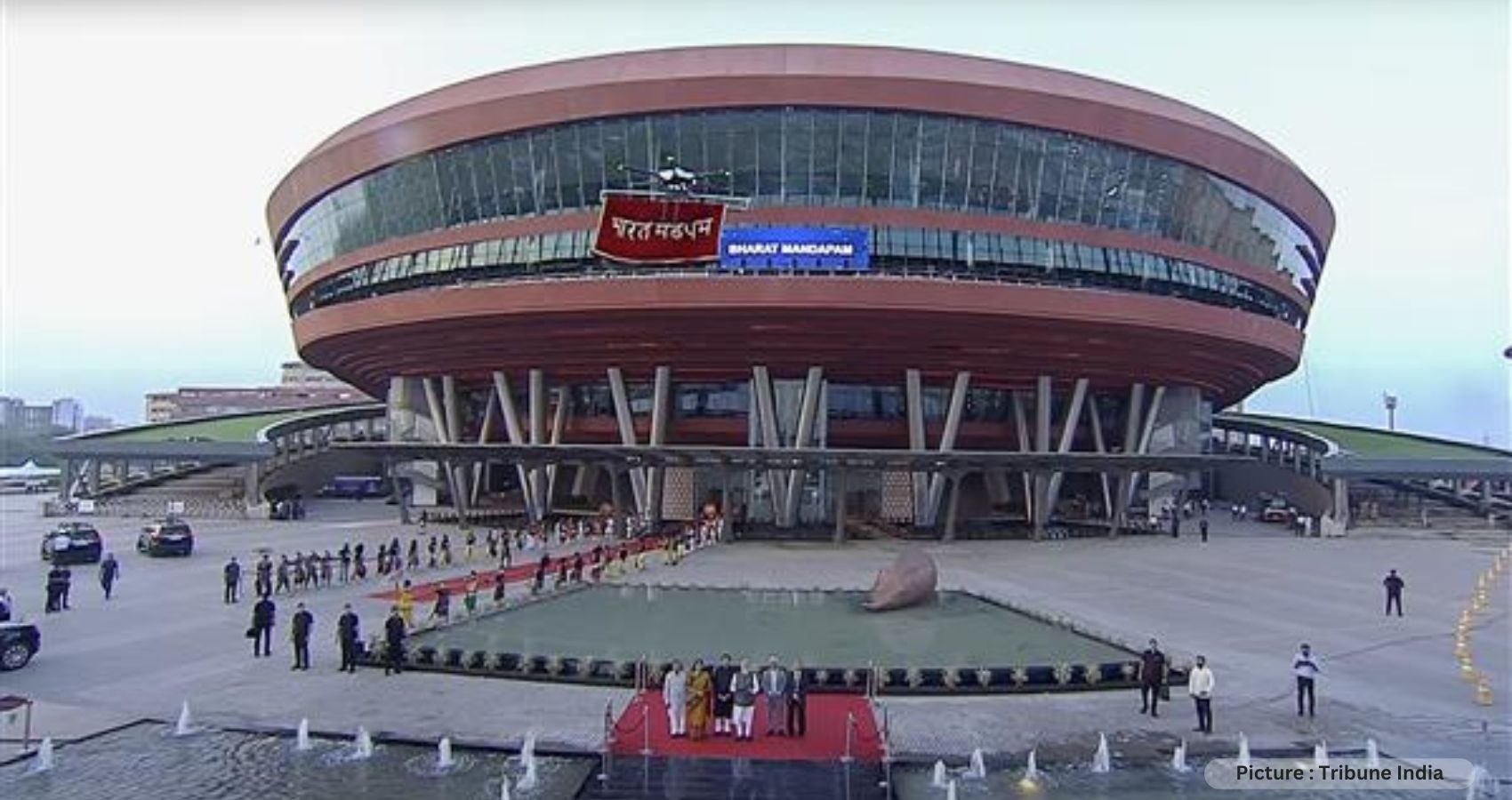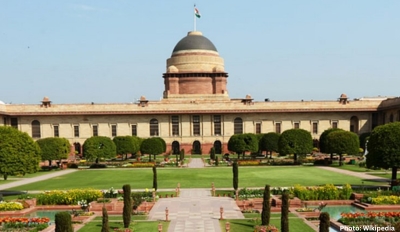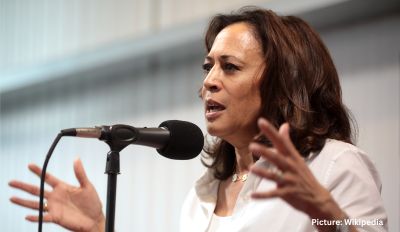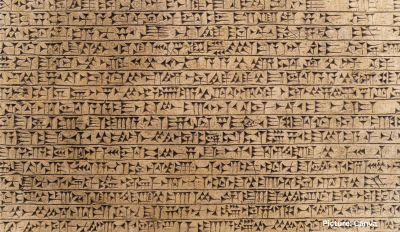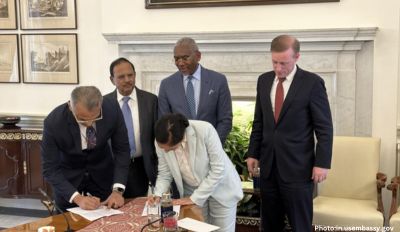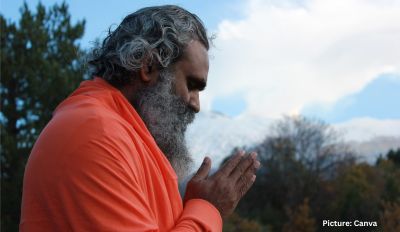In New Delhi, the world’s largest museum will soon open. On Wednesday, Prime Minister Narendra Modi gave a speech at the opening of the convention center at Pragati Maidan. He talked about the idea for the museum called “Yuge Yugeen Bharat,” which will show India’s rich and varied history.
Talking at the India Trade Promotion Organisation (ITPO) perplexing, the State leader said, “Soon, there will be the world’s greatest historical center in the Public Capital. Imagine something amazing, think beyond practical boundaries and act enormous.”
Yuge Yugeen Bharat Museum
The Sanskrit name “Yuge Yugeen Bharat” means “never-ending India” in English. It catches the everlasting person of the nation’s set of experiences.
The public historical center will be worked out of the ongoing North Block and South Block structures, as per Times Now. The notable blocks were built by Edwin Lutyens and Herbert Cook during the 1930s and have long filled in as the center of Indian administration.
The Prime Minister’s Office, the External Affairs Ministry, and the Defence Ministry are situated in the South Block, while the Finance Ministry and the Home Ministry are located in the North Block.
The public authority made arrangements to transform the North and South Blocks into exhibition halls in 2021.
One-stop objective for India’s rich culture and history
The exhibition hall would have 950 rooms spread over a cellar, ground floor, and two additional accounts, covering 1.17 lakh square meters of room. The design will house various “khands,” or divisions, that follow the improvement of 5000+ year of Indian civilisation.
Its design emphasizes not only the splendor of Indian history’s various epochs but also the country’s vibrant cultures, animals, and plants.
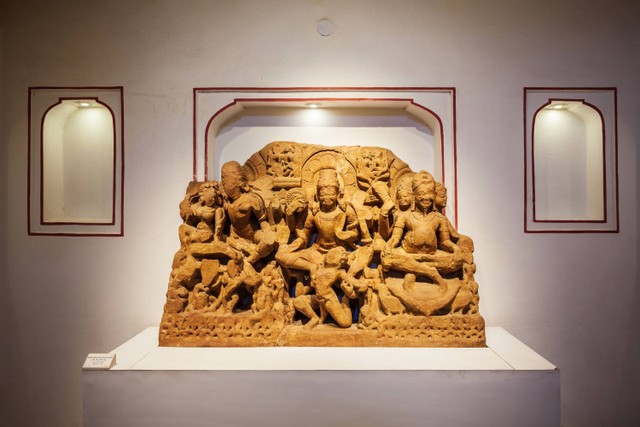
As indicated by Swarajya Magazine, the exhibition hall will archive the scholarly and creative achievements of ancient India, the Indus Valley Civilisation, the Vedic period, and India’s top colleges like Takshashila and Nalanda. The Maurya, Gupta, Pandya, Pallav, Chola, Kushans, Kashmir, and Rashtrakut administrations who kept up with exchanging associations with countries like Rome and Greece, will likewise be featured. Huge realms like the Rashtrakutas, Gurjara-Pratiharas, and Palas will likewise get a decent lot of support during the time spent making a country. The bravery of the Rajputs, the Mughal era, the Sultanate, the British Empire, and India’s struggle for independence.
The engineering entryways will open to show the unmistakable metallurgical custom of the country’s verifiable social classes, for example, the extraction of zinc in Zawar, Rajasthan, the magazine said in a report. A whole floor will be dedicated to the old Sindhi-Saraswati civilisation, with a fixation on areas like Harappa, Mohenjo-Daro, and Lothal.
A section will likewise be committed to the changed fauna and plants of the country, which have contributed fundamentally to shaping the way of life of the locale and are subsequently still worshipped vigorously now. The collectorate will also have the nation’s sacred peethas and temples to preserve the holy heritage.
The fifth part of the historical center will be committed to the fights that the progressives battled to win all through the very long term English occupation to liberate their country from unfamiliar abuse. The Sannyasi insurrection in Bengal in 1770, in which Sadhus rebelled against the oppressive government, and the Indian Revolt in 1857, in which some Indians attempted to overthrow the East India Company completely, are two instances of this.
The last segment will then stress the battle for social liberties, logical turns of events, and other huge realities like the thought behind the ongoing Indian constitution. Individuals like CV Raman, HJ Bhabha, and JC Bose will go about as good examples for our nation’s rising gifts.
The gallery will likewise feature India’s commitments to math, science, and innovation. Stressing the commitments of Vallabhbhai Patel, Dr BR Ambedkar, and Mahatma Gandhi, the top state leader said that historical centers will currently interestingly perceive ancestral autonomy warriors.
“The redevelopment of Mahaparinirvana Sthal of Dr BR Ambedkar into a National Memorial at 5, Alipore Street in Delhi (is in progress)… alongside the improvement of Panch Teerth connected with his life, in Mhow where he was conceived, in London where he resided, in Nagpur where he took commencement, and the Chaitya Bhoomi in Mumbai where his Samadhi exists today,” he expressed, as per Hindustan Times.
The Indian chief went on by saying that the galleries will likewise give a connoisseur experience, reporting many years of Indian history connected with Ayurveda and millets, which are as of now turning into a worldwide pattern. He argued that museums should actively support the preservation of resources for future generations. It is encouraging to observe that younger generations are drawn to these museums, which are becoming destinations and potential places of employment.
For anyone inquisitive about the set of experiences and culture of the country, the exhibition hall will act as a one-stop objective.
240 recovered objects
PM Modi also emphasized during his speech at Pragati Maidan that the destruction of libraries and manuscripts during hundreds of years of slavery resulted in the loss of a significant portion of the territory’s heritage. He underscored that the misfortune impacted India as well as the worldwide social inheritance in general. He likewise censured India’s post-autonomy government for neglecting to do whatever it takes to reestablish and safeguard the nation’s for some time failed to remember social legacy.
“We must be grounded previously yet work for what’s to come. We need to respect our inheritance, as we work to make a superior and more promising time to come,” he said.
The Prime Minister communicated his fulfillment that different countries had begun returning bits of Indian history, which mirrored India’s rising global standing. In the past nine years, he claims, more than 240 ancient artifacts have been discovered and returned to India.
He likewise featured a significant decrease in social relic carrying from India during this period and encouraged craftsmanship devotees and historical center experts overall to improve joint effort in this space, focusing on the significance of guaranteeing that no work of art got unscrupulously tracks down a spot in any gallery. The Prime Minister concluded by promising to create a new legacy while preserving India’s past.
World’s ongoing biggest gallery
With north of 73,000 square meters of display region, the Louver in Paris, France, is presently the biggest historical center.
It is home to the absolute most notable bits of craftsmanship in the whole world, like the Mona Lisa and the Venus de Milo.
The exhibition hall, which is situated in the focal point of Paris, is coordinated into eight divisions, each showing craftsmanship from an alternate time span. These offices incorporate Traditional Ancient pieces, Archaic and Renaissance Craftsmanship, Current and Contemporary Workmanship, Ornamental Expressions, Prints and Drawings, Islamic Workmanship, and Egyptian Artifacts. The Louvre has attracted art enthusiasts from all over the world for centuries.

